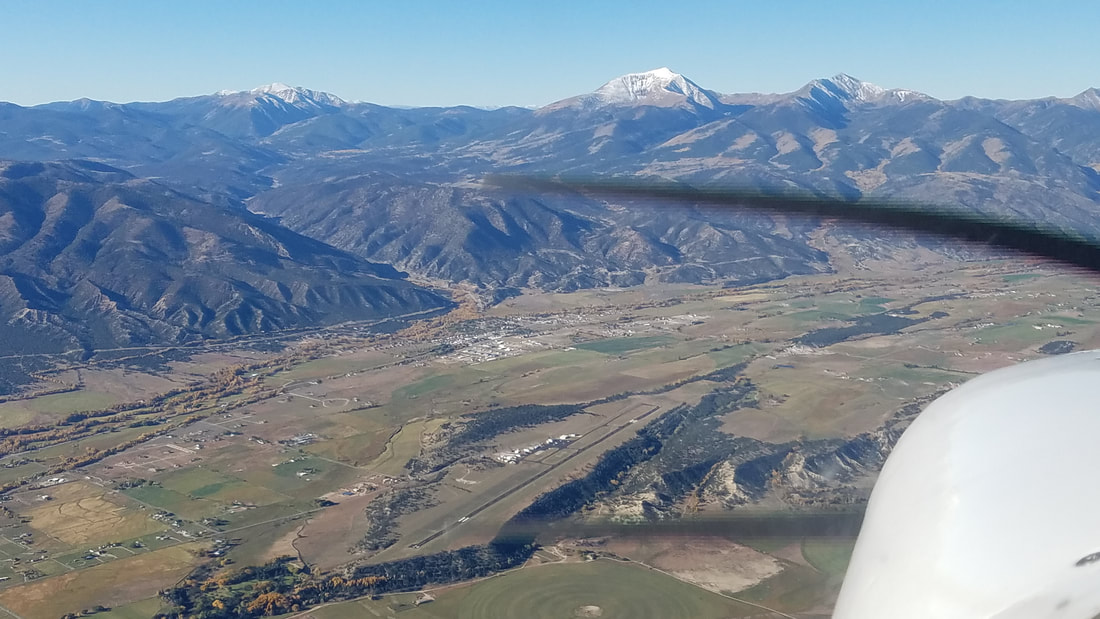

Your concern about the best speed is a valid one and precise and careful airspeed control may make the difference between life and death. I was just reviewing it today, because I remembered reading nothing like that. I do own the Mountain Flying Bible, it's a good one. I have gone up with an experienced mountain instructor previously that I specifically drove 3 hours each way to fly with, and I felt that I learned a lot from him. There were a couple of other things he told me to do that also go against my previous training, but this one was the biggie.

That would have put me 66-72 KTS according to the POH. I think we should have been climbing at either Vx, or Vy until clear of the tree line even though we did have plenty of distance at this particular airport. This was my first time flying with this instructor, and I think I am coming to the conclusion that he is not all that good. I usually think twice before I refute what my instructor is telling me because I only have 150 hours, and the instructor has a lot more time than that. I'd recommend a book "Mountain Flying Bible" by Sparky Imeson. There's a lot more to know and understand when you're flying in mountains.

Understanding what Vx and Vy is a very significant part of that.
KANK AIRNAV HOW TO
When you're out playing in the mountains you need to make sure you know how to extract all available performance. Personally, I'll always start a mountain checkout with a thorough review of those two sections. You'll find amplified procedures in Section 4 of the POH. The appropriate performance charts are in Section 5 of the aircraft POH. Vy and Vx are variables based upon altitude and weight. I would think Vx would be better for obstacle clearance which is about 67kts at 10,000'. We climbed out at about 80kts right off the get go. I just don't understand why he said the airplane would climb better going faster than Vy. It was my first time flying with this instructor. My question is, am I correct in wanting to fly Vx until clear of an obstacle, or should I really let the airplane fly faster when at high elevation? What if I fly into a shorter runway and there is a tree that I need to clear? I kind of need a sanity check because what I was told today goes against what I have been previously taught before. This was not an issue at KTVL because we had 8000' of runway to work with. I understand that Vx, and Vy change with altitude, but my understanding was that Vx will get you the best climb over an obstacle regardless if you are at sea level, or at 10,000'. He told me that I should maintain an airspeed above VY to keep excess drag down, and that the aircraft would climb out better this way. The aircraft climbed easily at that point. The instructor told me to accelerate past VY, and dropped in 10 degrees of flaps. When I pulled up, the aircraft settled back on the ground. I let the airplane accelerate just past VX before I rotated, and I planned on climbing at VX or slightly faster. On takeoff roll, the aircraft struggled initially to get off the ground as expected. I do have a question for the experienced mountaineers out there. The density altitude on the ATIS read 7900' when I departed.

The club 172N was down for MX, so instead I went up for my first trip in a glass cockpit, the 172SP. Flew up to KTVL today to get my mountain checkout for the club I fly with, and the trip was a success.


 0 kommentar(er)
0 kommentar(er)
